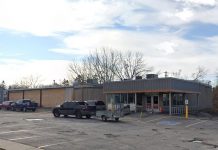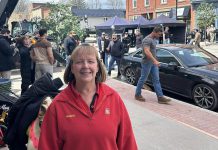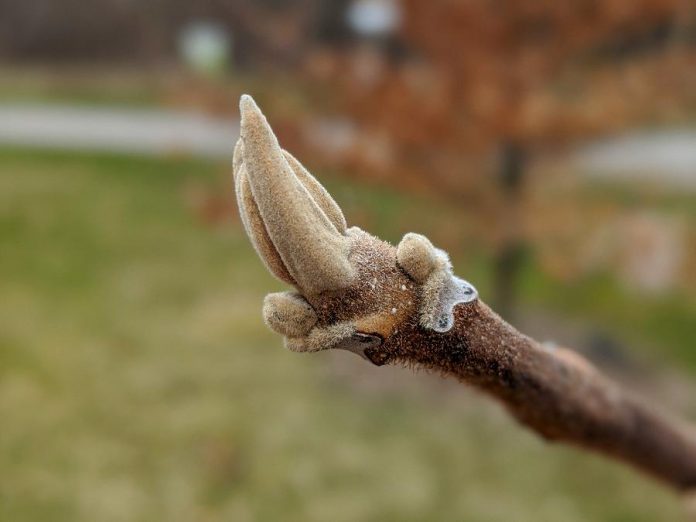
Taking a walk through Peterborough, there are signs of people starting to grow their own food and the sight of turned-over grass lawns warms my heart.
As the days get warmer and the bounty of our labours start to show, we might also begin to think about other ways we can make our properties green and full of life.
Each year GreenUP’s Ecology Park hosts a spring plant sale to provide an opportunity for people to purchase plants, shrubs, and trees that help with this greening. Although this year our spring plant sale is cancelled, now is the time to plan for when sales eventually resume.
“While we are eager to open and offer our services for the 2020 season, the health of our community has to come first,” says Vern Bastable, manager of GreenUP Ecology Park.
“We are listening to health care professionals and our government’s experts. The moment we have any news we will post it on our website (greenup.on.ca) so please keep an eye out. We will have a great selection of native trees, shrubs and wildflowers ready to go the instant it is safe for us to provide them to you.”
One of the popular items at our spring plant sale each year is trees. While COVID-19 is everyone’s top priority right now, adapting to and mitigating climate change is an ongoing issue.
Planting trees, especially locally adapted varieties, is a positive action that provides an opportunity for climate mitigation by the absorption of carbon dioxide. With warming temperatures, planting trees now will also help us adapt to changes in the future.
Planting trees in urban areas also helps to reduce the so-called heat island phenomenon common in urban areas. Urban trees also provide clean air and water and act to reduce erosion during floods.
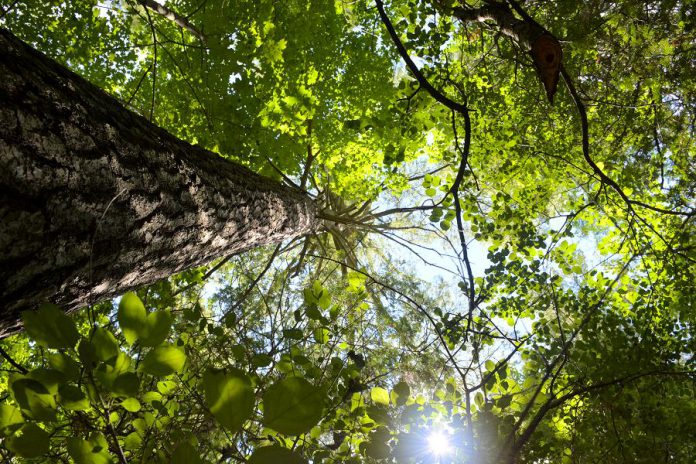
In addition to climate benefits, there are a number of other reasons for planting trees. These include aesthetics, supporting wild bird and insect populations, and as a food source. With all of these benefits, planting a tree can be an exciting prospect.
You may be tempted to rush out and buy all of the trees, but caution and planning are needed because — when planted and looked after properly — a tree can last many years. When you add another tree to your local “neighbourwood”, you want to ensure the addition is a joy and not an additional headache.
Many of us are spending time walking around our neighbourhoods right now. These walks can be a chance to see what kinds of trees are thriving. Think of this as window shopping but for trees. This will help you to know what your tree will look like as it gets older, and there might be some trees that you fall in love with.
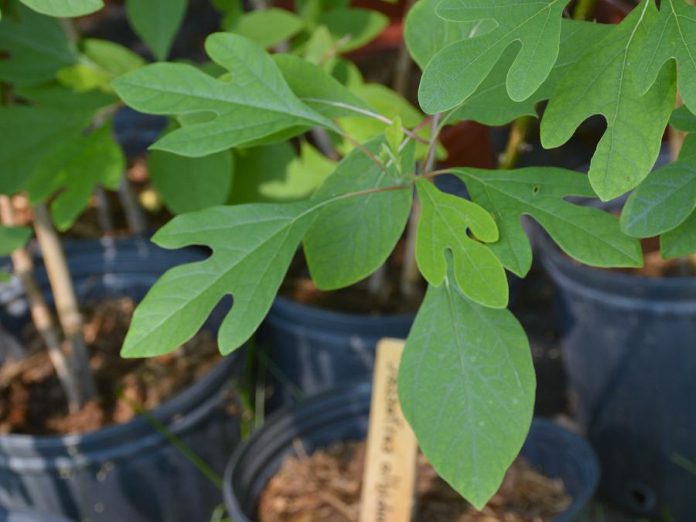
While you stroll, you can think about a few key decisions. Do you want a tree that has a large canopy (the big branchy part of a tree)? Do you want a tree that will only get to certain height? Would you like a tree that keeps its needles all year, or would you prefer one that drops its leaves each fall?
Similar to window shopping, by walking through your neighbourhood you can compare without having to make any immediate choices. Then you will be better prepared when the day to purchase a tree arrives.
What do you do if you see a tree that you like and you don’t know what kind of tree it is? Here are a few options.
First, you could look around to see if there are any leaves on the ground close by, or if the tree has branches low enough you could take a photo of the buds (the ball-like things at the ends of branches). With a leaf or bud you can usually identify the tree. Two popular online options for identifying trees are Leafsnap (available on the web and for iOS devices) and the Virginia Tech Tree ID app (available for iOS and Android devices).
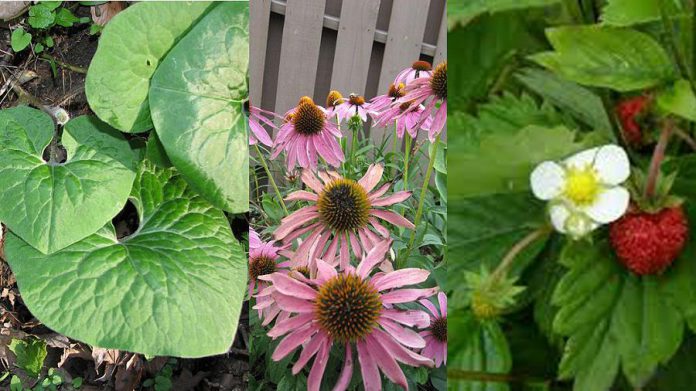
Now that you have selected trees, it is time to see which will be able to grow on your property. Every property will have three unique aspects that must be considered for a successful planting: space, sun, and soil.
Space is important to consider for how high the tree will get and for how wide its crown (top) will be. This is especially important when you are planting close to a road, a building, or your neighbours. If your tree gets too high it can shade an area that you don’t want shaded (veggie gardens or windows) or it can get too close to power lines.
The next item to consider is sunlight. In my opinion, this is the best of the planning activities. Always have this task in your back pocket as an excuse for cracking open your favourite beverage and sitting down in your favourite chair or hammock. When someone asks, “What are you doing?” or “Why are you just sitting there,” then you can test out various responses: “I’m checking to see how much sunlight we are getting”, “I’m planning to plant a tree”, or “I’m fighting climate change”. Results may vary.
There are four different ways to characterize the amount of sunlight: full sun (six-plus hours of sunlight), partial sun (four to six hours of sunlight), partial shade (one-and-a-half to four hours of sunlight) and full shade (less than one-and-a-half hours of sunlight).
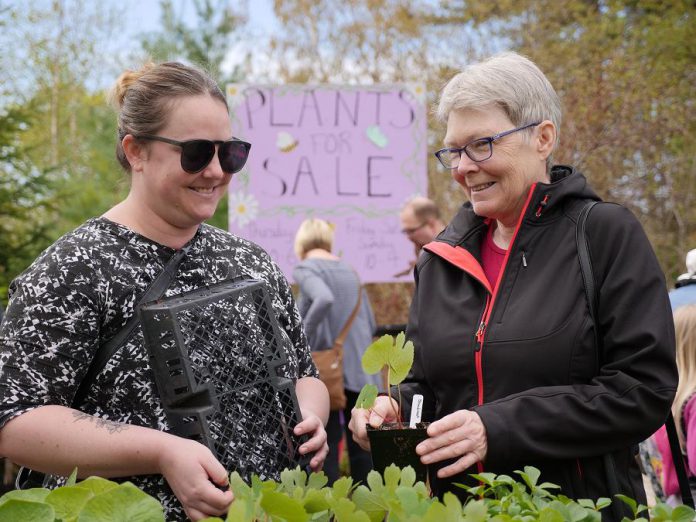
Finally, there are three main types of soil: clay, silt, and loam. There is a quick test to determine what type of soil you have.
Collect some soil from where you want to plant. The more samples you use at varying depths the more accurate your results will be. Wet the soil and smoosh it in your hands (kids will be glad to assist with this activity). If you are able to form the soil into a long sausage shape, you have a clay soil. If the soil falls apart, you have sandy soil. If the soil is able to stay together, but it breaks when you try to bend it, then you have a loamy soil.
Now you have all the information you need to evaluate what trees will thrive in your preferred location.
If trees are not available this spring, don’t worry: fall is also a great time to plant! GreenUP has an amazing online resource called Choosing the Right Tree in Peterborough, Ontario that you can use to find a great local tree that is ideally suited to your property.
Happy planting!



